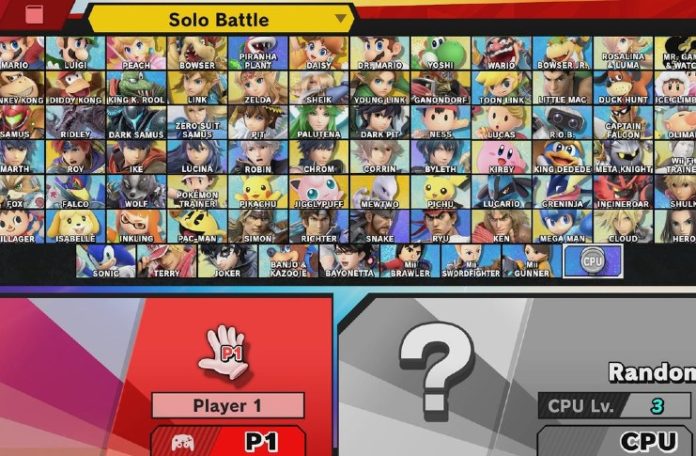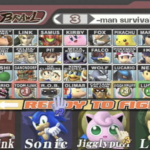It doesn’t matter what competitive multiplayer game you play, whether it’s a MOBA or fighting game: the feeling of fighting against a particular matchup or strategy that obliterates your main character is awful. It can be so rough that you’ll feel inclined to pick something different just to have a better shot at winning.
This strategy, known as counterpicking, is present at nearly all levels of play, from entry-level tournaments to top professionals. Knowing how to counterpick an opponent (and, conversely, knowing how to avoid getting counterpicked) is a staple for holding your own in competitive video games.
What Is Counterpicking?

Counterpicking is the act of choosing a character, stage or loadout that gives you an advantage over your opponent. This is done after the first round is played, as first rounds are often played double-blind (where neither player knows what the other will choose.) The loser has the option to select a map or character that will give them a noticeable advantage heading into the next game.
Counterpicks can completely change the flow of a set depending how they’re used; if a player is losing to a CQC character, they can switch to a zoner and switch up the pace and tone of the match. In games such as Super Smash Bros., stages can play a significant role in the counterpicking process, with some stages featuring elements that can greatly change the impact of a match.
Knowing what works as an effective counterpick takes time; a combination of experience and keeping up with the meta. Because counterpicks are a foundational component of competitive play, learning about them is essential early on.
How Do Counterpicks Work?
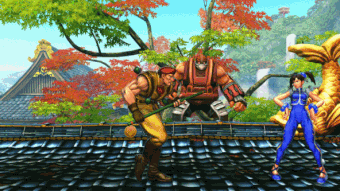
After the first round of a set is played, the loser will have the chance to counterpick the winner before heading into the next round. How this is done depends on the game being played; in Street Fighter, the winner is character locked for the next round (meaning they cannot switch off their character) and the loser can choose someone else to gain an edge. In Smash, counterpick stages are picked first by the loser, then the winner picks their character, and the loser will pick the character afterwards to gain an advantage.
Generally, a counterpick should provide a solid advantage without being a guaranteed win; this means that sometimes, rules are put in place to mitigate how hard someone can be counterpicked. In League of Legends, for example, this can be done by banning champions before the match to avoid undesired matchups or team combinations. In Smash, this is done by banning stages that could be used as a counterpick.
You may hear characters referred to as a “soft counter” or a “hard counter” in relation to matchups; this is a description for how well they do against another particular character. Such knowledge is useful for determining what characters will be used as counterpicks, as well as potential matchups to study or characters to ban before a match.
Is Counterpicking Necessary?
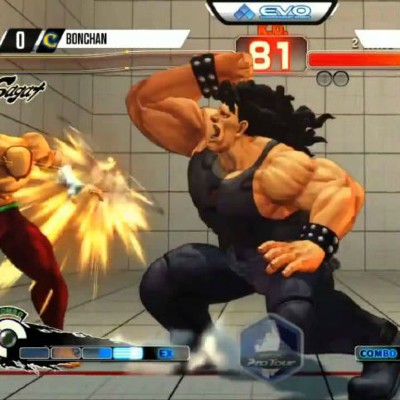
Counterpicking is not necessary, and plenty of top players will power through matchups through their own skill, or by using top tiers who have few bad matchups.
However, counterpicking is an important aspect of competitive play because of how it can affect the outcome of a tournament set. If you want to win, you need to be able to use all the tools at your disposal. A top player will never not optimize their counterpicks for the sake of pride or anything else; if you see a professional not switch off a character or use a counterpick in an unorthodox way, chances are they fully believe this is the best way to win.
Because of the importance of counterpicking in esports, winning the first round in a tournament set is crucial; doing so earns the player the “counterpick advantage.” A counterpick advantage means that, if a set goes to the very last round, the player who has the advantage will get to play on their counterpick on the final round. This can be the difference maker in a close set between two evenly skilled players.
Counterpicking Effects On Morale
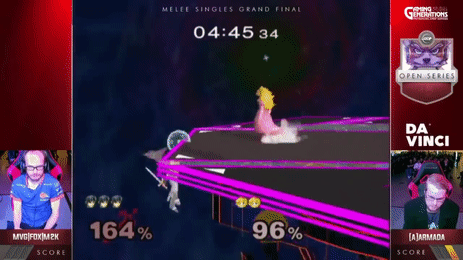
Having the right mentality when it comes to counterpicks is essential; as the person using the counterpick, you want to maximize the advantage to your end, and use the counterpick to sap any momentum the other player might have built up. A commanding victory on a counterpick can put you in a position to take back the set.
On the other hand, winning on someone else’s counterpick can be a great way to diffuse morale; whether it’s by taking an even bigger lead in the set or by recapturing the counterpick advantage, one win can completely flip the opponent’s morale. Additionally, players should understand that the odds are generally not in your favor on someone else’s counterpick; a loss there shouldn’t be taken too close to heart.
Counterpicking is an almost intuitive move for competitive players at every level, and yet its depth cannot be understated. For players just starting out in competitive esports, make sure you learn the art of counterpicking inside and out, as it is as foundational as anything else, and it will be with you all through your career.


